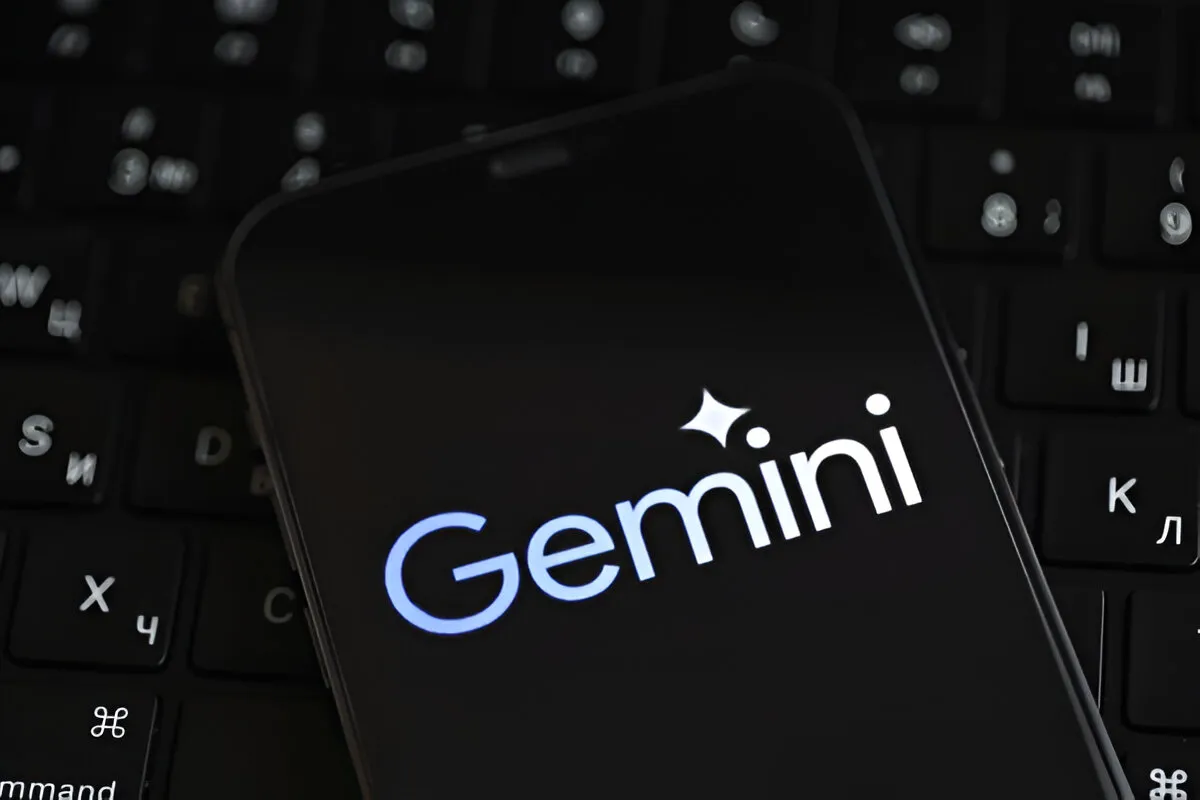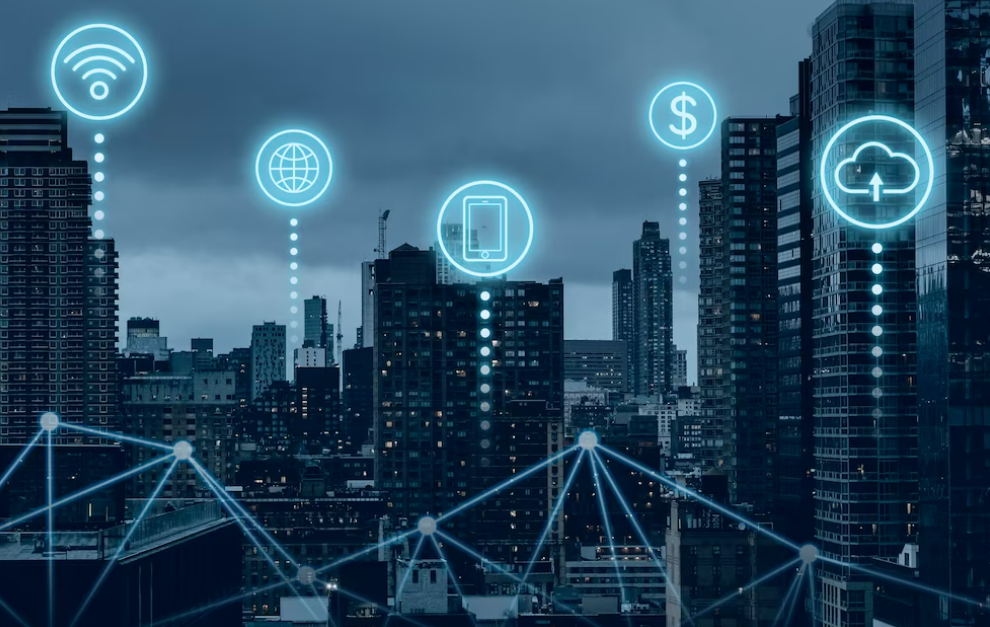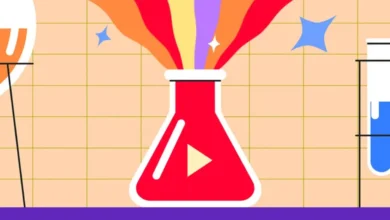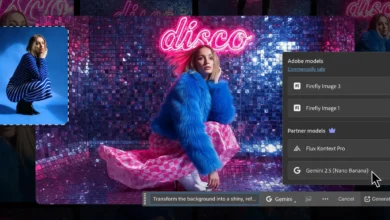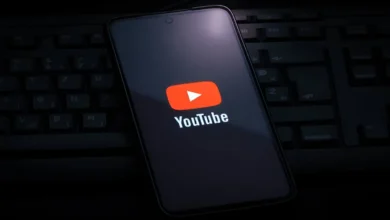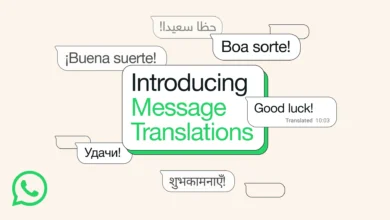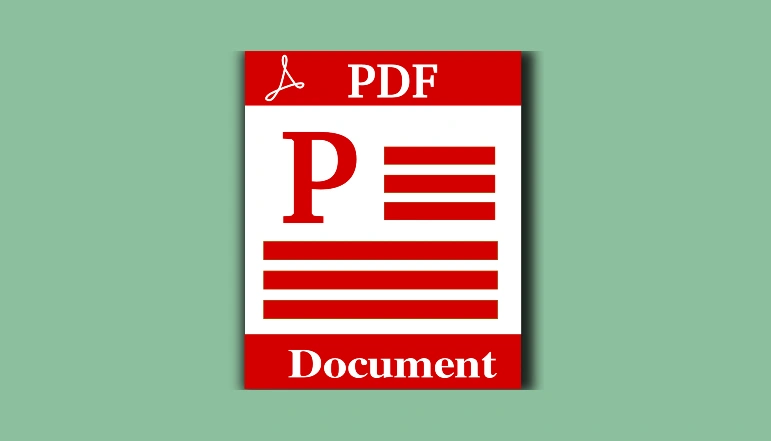
Acrobat PDF is a fantastic tool for making PDF files, but it can become a nightmare if you want to protect PDFs and don’t know the implications of the encryption method.
With PDFs, people are often unaware of how important security is. And even when you know, it can be hard to keep an eye on the safety of the data you’re storing and sharing. One primary type of PDF encryption is using passwords and the other is using digital rights management (DRM).
DRM
If you’re not familiar with DRM, it’s actually quite simple. It’s a way to restrict unauthorized and authorized users from altering your book in any form. In a distributed networked environment, multiple rights associated with various objects come into play as content and services are created, distributed, aggregated, disaggregated, stored, found, and used.
This is particularly applicable to e-learning, where standards and technologies specifically support the sharing and reuse of learning resources, for example, via collaborative and distributed generation of learning objects, the aggregation of smaller things to create larger entities and the creation of resource-sharing networks.
In addition, managers of significant collections of learning objects (or metadata records) are exploring ways to offer searches and other services. For e-learning to function in this environment, appropriate models and implementation of DRM are needed.
A Quick Overview of Digital Rights Management
There are many reasons for wanting to manage the rights associated with intellectual property. Authors and artists wish to control what can be done with their creations, scholars wish to ensure that they receive proper attribution, commercial enterprises wish to support business models that involve licenses and fees, and consumers want an environment free of legal worries and unexpected costs.
Although rights themselves are not technological in nature – they are defined by laws, beliefs and practices – technology can be used to transmit, verify, interpret and enforce rights as they apply to digital content and services. This is called digital rights management, or simply DRM.
Having a robust, innovative DRM solution can safeguard your PDFs from misuse and piracy. When implemented correctly, a DRM system ensures that only authorised parties can change the content (to share, modify, or remove content), view or edit the contents, and communicate (synchronise) with other systems or devices. For PDFs, which are increasingly being used as digital content for research, to share, annotate, or create, having a DRM solution for your PDFs can be a powerful asset to support your use and sharing.
Digital Rights Management Terms
Intellectual Property Rights (IPR)
A set of rights associated with an idea or product that protect its commercial, non-commercial, and other uses. They encompass ownership, copyright, patent, trademark, trade secret, and nation-state rights.
There are two major IPR systems: the US International Trade Commission (USITC) system and the Digital Millennium Copyright Act (DMCA) system. Both are very effective at enforcing their respective IPRs. For example, the USITC system can be implemented by PDF security solutions that have entered the government procurement process.
Similarly, the DMCA can be used to require software developers or vendors who implement IPRs to license their software (i.e., to support licensing information to the PDF reader) and to collect “search and seizure” notices to be provided to customers and users who violate the IPRs.
Content Protection
When content is protected with Digital Rights Management, content is encoded and protected by removing or obscuring this data from the public.
Digital Rights Management (DRM)
A method for digitally managing rights and content of protected objects (digital objects, i.e., any digital object) associated with a media (software, documents such as PDF files, etc.), providing access control, providing or altering protection, and modifying the distribution, exhibition or reproduction of the protected objects.
When DRM is employed, a digital object is either automatically or manually altered to protect the content of that object. Software and/or systems most often implement DRM. The main goals of DRM include:
- Protecting the content of digital objects (and/or their author).
- Preventing unauthorised distribution, modification, or reproduction of the content.
- Managing the capabilities of devices and software to run the protected object.
- Enforcing licenses and avoiding legal liability for running the protected object or software or device that runs it.
- Allowing for the possibility of auditing and/or archiving of the protected object.
Role-based Access Control
A method to restrict access to or changing of a protected object.
Permissions
A set of rights that allow a person to perform or act upon a particular action.
Audit and Alert System
A tool for collecting, monitoring, and reporting data that monitors and analyses user access to protected objects and:
- Identifies or indicates what actions are restricted based on various conditions.
- Gives details about any device or software that has executed a particular restricted action.
- Generates, encrypts, or sends reports on the number of blocked actions.
Persistent DRM
A DRM system that prevents users from accessing protected content until they accept a specific claim on the content, such as a license to use the content or permissions for downloading the content.
For instance, a digital object stored in a document format can be protected with “Permissions” to give only certain people the right to read it. If the document is shared with a PDF reader, the content owner/organisation would have to offer permission for the viewer to open the protected document.
This can be implemented by software so that when the PDF reader is used, the original content owner/organisation would have to provide specific permissions to their trusted users. The latter could then grant or deny them based on an authorisation request. Educational institutions commonly use this to prevent the copying of content to multiple devices.
Conclusion
DRM is the only powerful solution that can help reduce infringement and enable individuals to perform tasks involving access to protected content, such as downloading PDF files from the Internet, unauthorized sharing PDF files, restricting PDF editing and copying, etc. To safeguard your PDF files, DRM will ensure that you can restrict content access regardless of where it is located.

